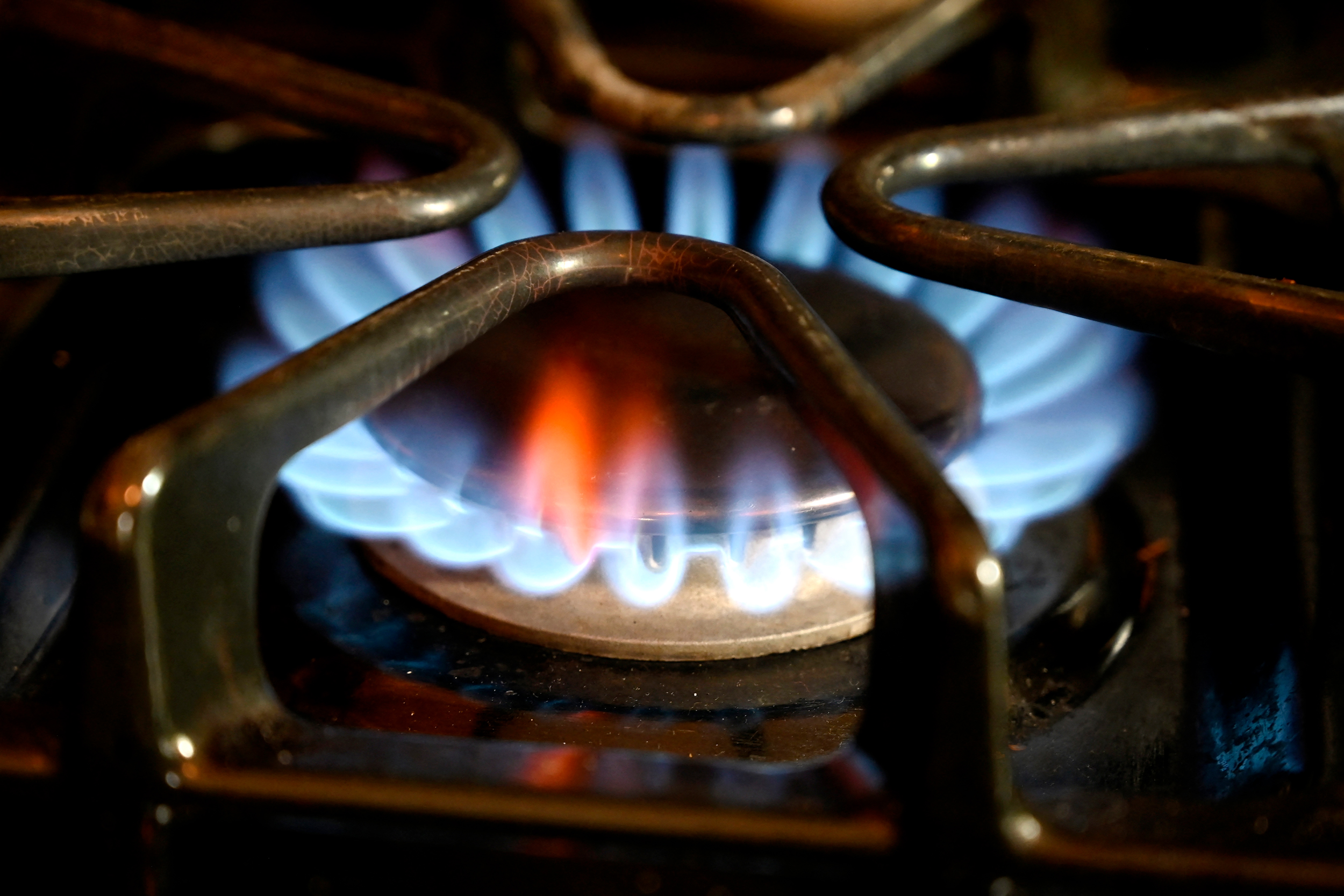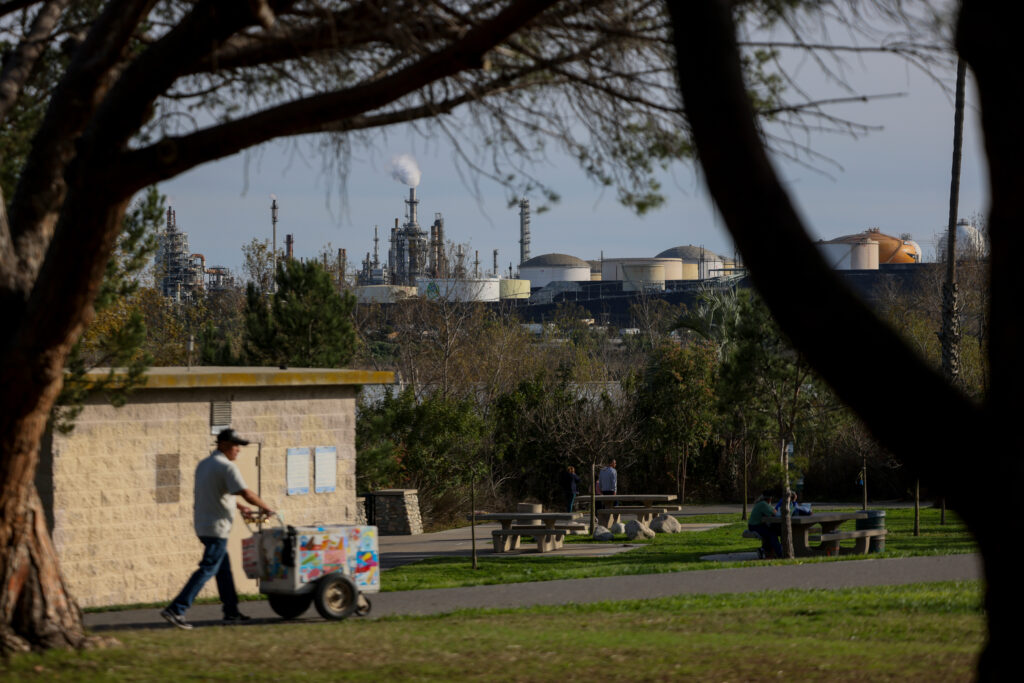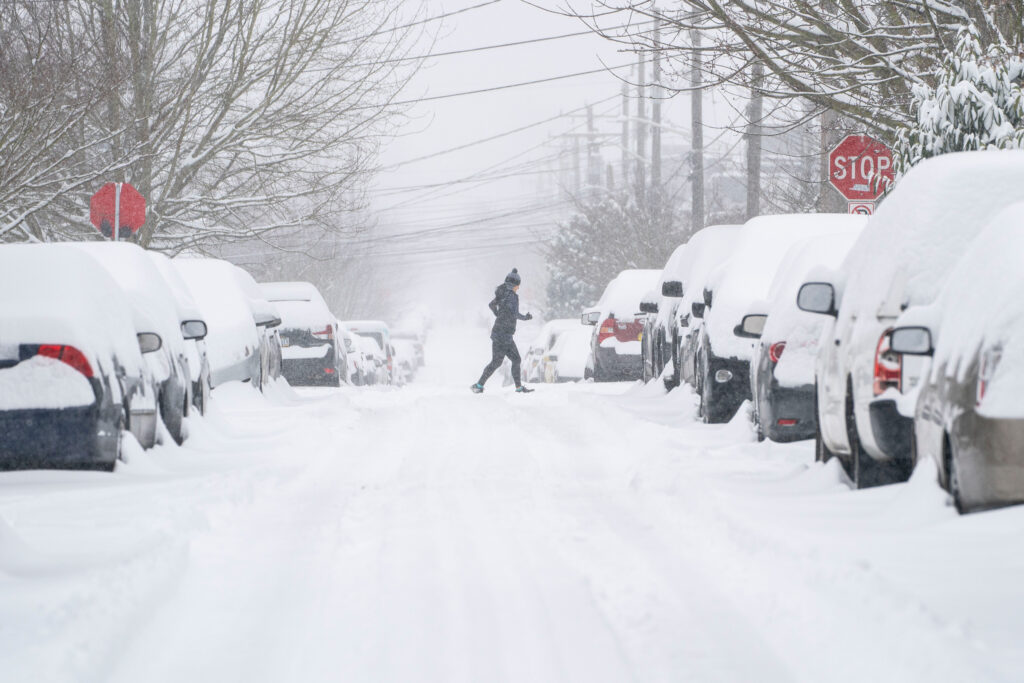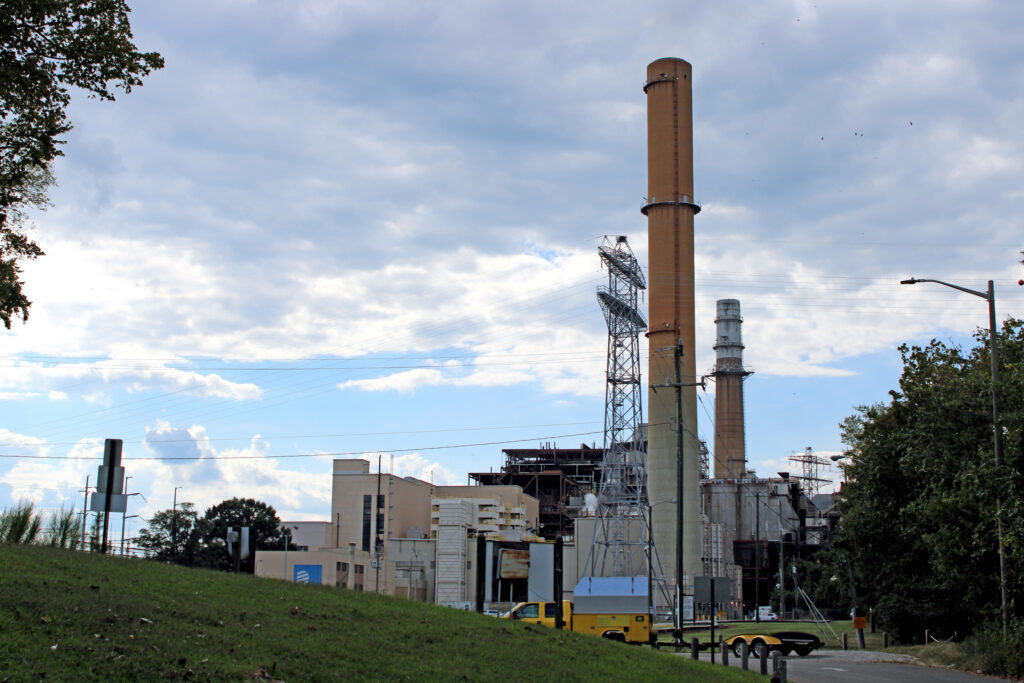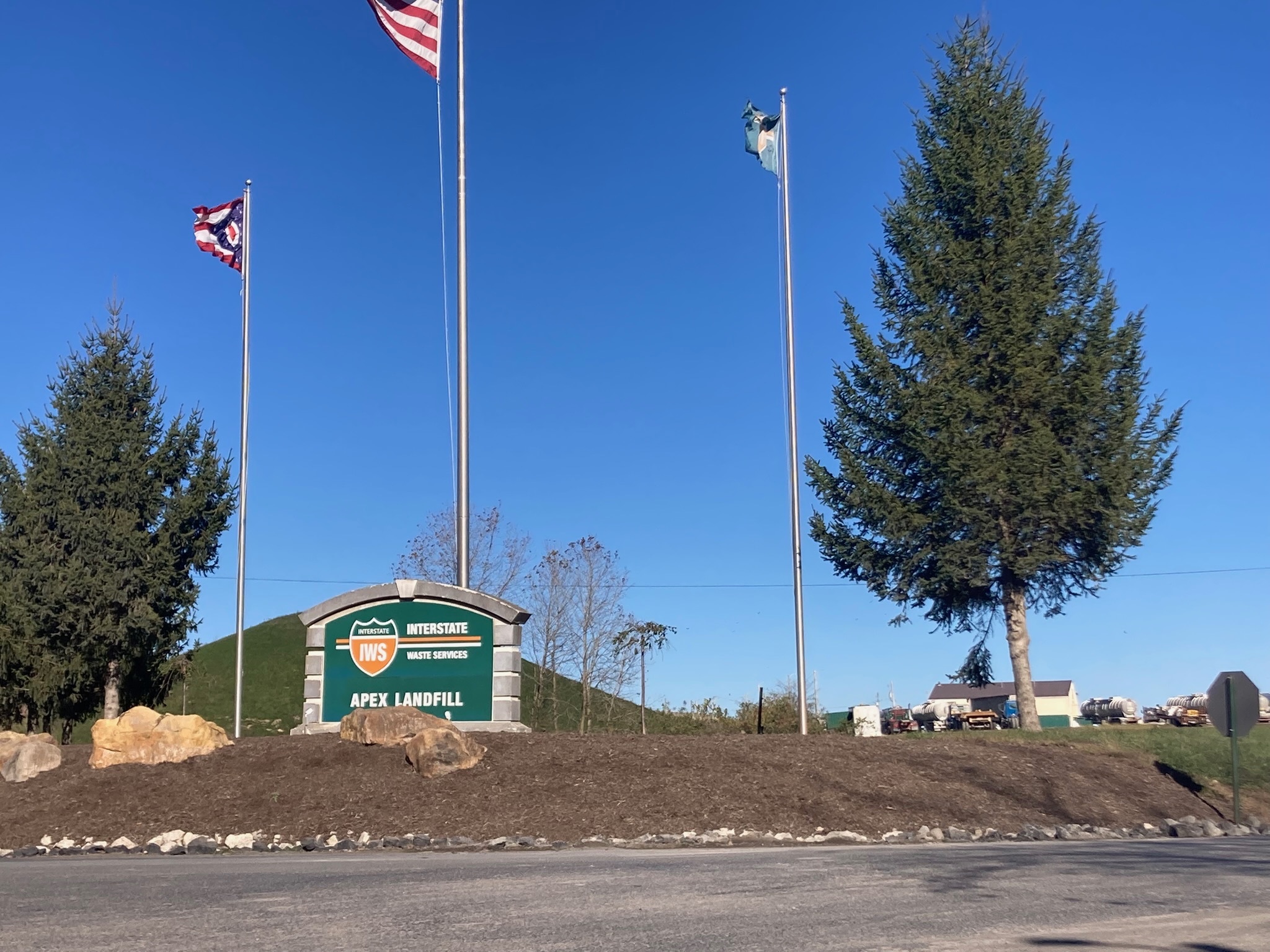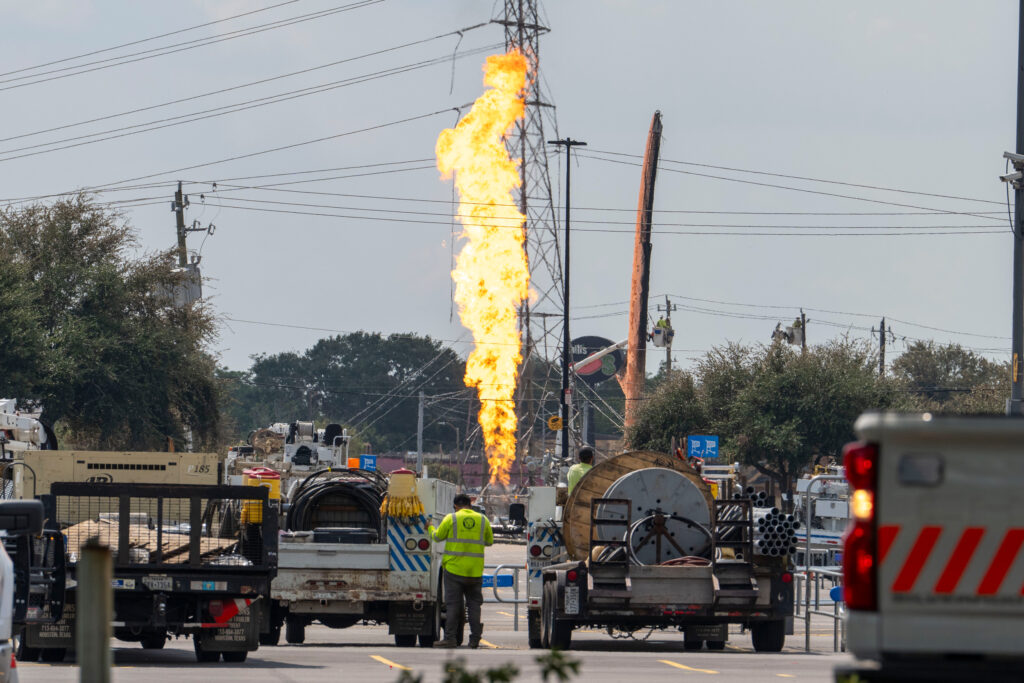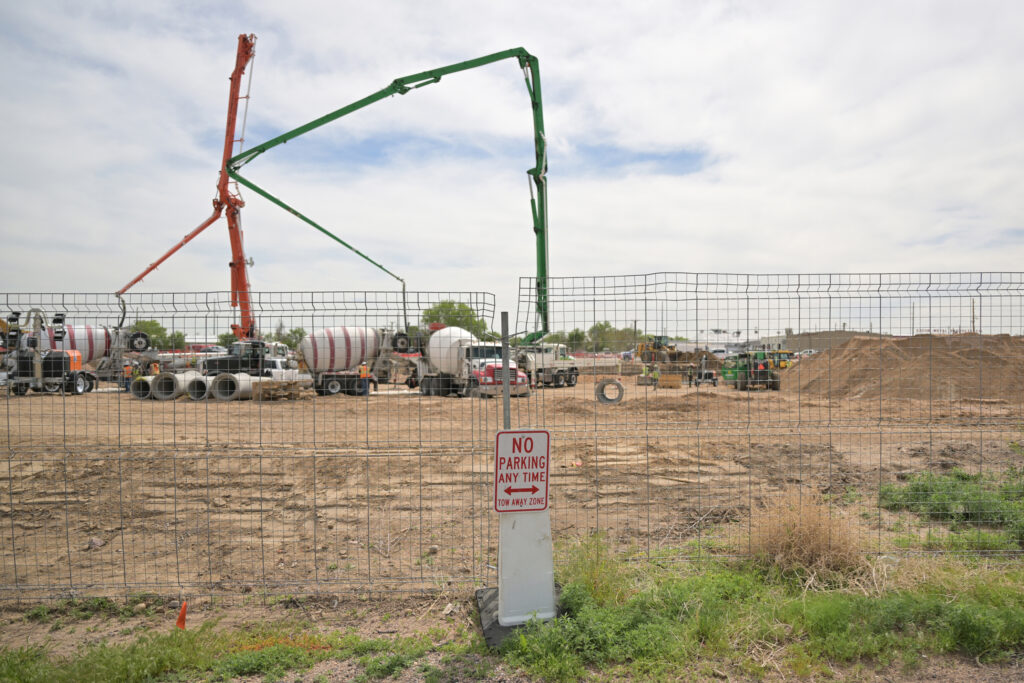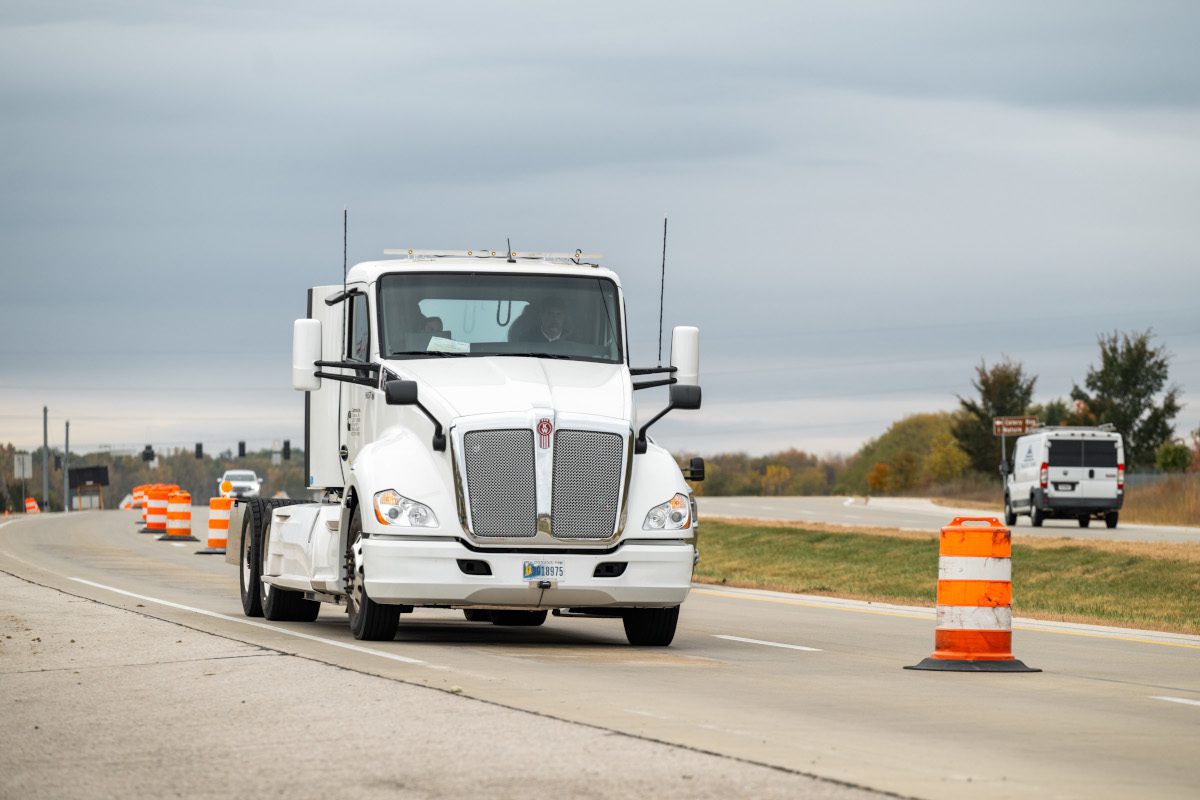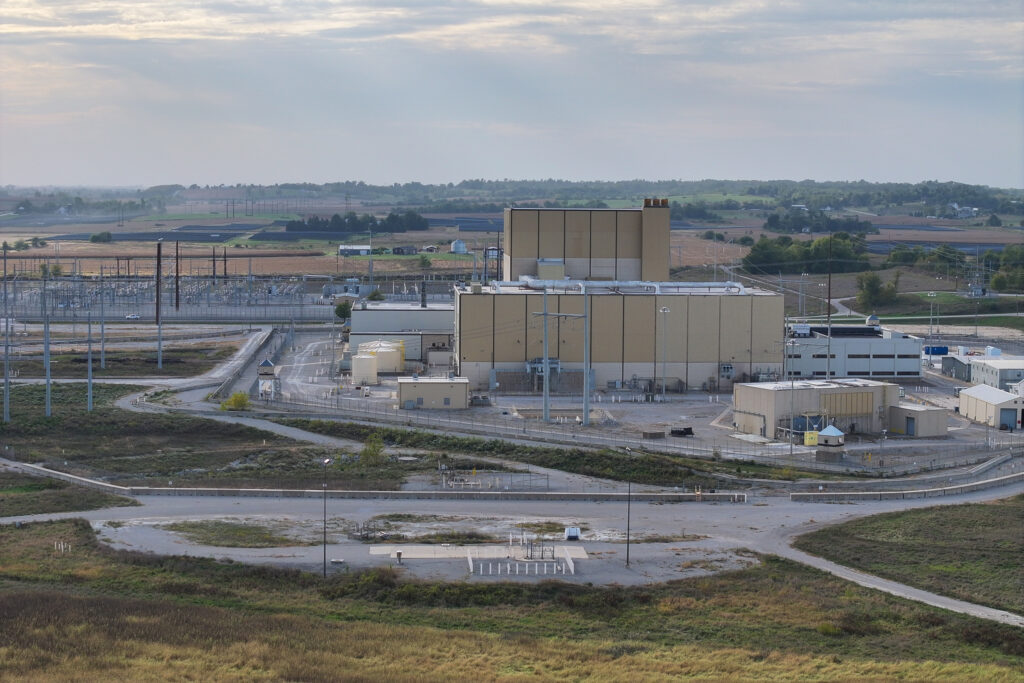This article is published in partnership with the Chicago Sun-Times.
Electricity from renewable sources dropped last year even as Illinois and surrounding Midwest states pushed to replace fossil fuels, such as coal and natural gas, with wind and solar power.
Things didn’t work out as expected, and climate change may have played a part.
The amount of electricity generated from wind power—the state’s biggest source of renewable energy—took a surprising 6 percent dip from the previous year, while natural gas-generated electricity had a 43 percent jump in 2023, government data show.
A pressure system in Canada—the same weather pattern that helped spur wildfires up north, filling Chicago skies with smoke last summer—was a big reason wind power was down in 2023. The shifting wind direction affected how much wind powered all those nearly 300-foot turbines dotting the Illinois countryside.
We’re hiring!
Please take a look at the new openings in our newsroom.
See jobs
“Small changes in wind speed can have pretty consequential impacts on wind power,” said Jessica Conroy, an associate professor of earth science and environmental change at the University of Illinois.
Conroy is working with doctoral student Allison Wallin, who is completing research on variations in wind speeds over the past three decades and how those trends may affect wind energy in the future.
“Using future model wind projections is a real necessity,” Conroy said.
For more than a decade, scientists have asked whether climate change—a main reason for renewable energy development—can, itself, have an effect on wind power.
Ongoing research may accelerate a shift that is already happening with developers focusing more on building solar power.
Solar power increased significantly in Illinois last year but from a small base. As expected, coal, which has seen a rapid decline due to plants closing, dropped by a third.
The state’s largest source of power, nuclear, was down about 1 percent.
The increase in generation from natural gas follows the completion last year of a 1.2-gigawatt gas-fired power plant, Three Rivers Energy Center, in Grundy County, southwest of the Chicago metro area.
This one large power plant has nearly as much generating capacity as all of the utility-scale wind and utility-scale solar that came online last year in the state.
Last year’s winds were unusual, slowed by what Illinois State Climatologist Trent Ford called “a very strong high-pressure system” over Canada that was north and east of Illinois.
For much of the early months of summer, winds blew from east to west, which is opposite of the typical pattern of west to east, Ford said.
“Those winds also brought wildfire smoke to us on a number of occasions,” he said. Additionally, “wind speeds were weaker than normal because of that pattern.”

For instance, the average wind speed at O’Hare Airport from June to August 2023 was 8 miles per hour, the lowest since 2009, according to data Ford provided. The data show “much lower average wind speeds than most of the past 20 years,” he said.
Ford said he has been working with Conroy and Wallin to learn more about the trends and their potential impact on wind power.
It is normal for wind speeds to vary a little from year to year. But researchers have found that wind speeds have slowed over time to an extent that is greater than normal.
Scientists have been trying to understand whether, and how much, climate change is affecting wind speed. Global warming affects wind and different regions are likely to experience it differently. How that affects the Midwest, which has an abundance of wind farms producing energy, is one of the things scientists hope to better understand.
“For a system planner you have to think not just about one weather year, but you have to think about many weather years—10 weather years, maybe even 20 or even 30 weather years—so you can capture enough of that variability that we might have before you make your investment decisions,” said Michael Craig, a University of Michigan professor who studies the potential effects of climate change on power system planning.
Illinois has a target of eliminating fossil-fuel power by 2050. As part of that plan, two major Illinois energy laws in recent years bailed out the state’s six aging nuclear plants while providing incentives for solar power development in addition to wind farms.
Wind is the biggest source of renewable energy in Illinois and it’s been a key part of the strategy for snuffing out fossil fuels, especially the once-dominant power source coal, that contributes to global warming.
The decrease in wind power last year was enough to cancel out gains from other renewable sources, with Illinois’ electricity generation from all renewables declining by almost 3 percent.


Advocates see potential for solar in Illinois, which is a small producer of electricity in the state, contributing 2 percent of electricity generation last year. But it has been the fastest-growing electricity source in recent years.
“Yes, we do want more solar,” said J.C. Kibbey, climate adviser to Gov. J.B. Pritzker. “If you look at solar’s growth in the last few years, it’s pretty wild.”
Kibbey said he isn’t concerned that wind energy declined and notes its growth over more than a decade.
“When we zoom out and go back to 2010, we really have, overwhelmingly, a story of rapid growth,” he added.
Billions of government dollars have been spent on funding wind farms across the United States, including in the Midwest.
Publicly, clean energy advocates shrug off the importance of a one-year decline, saying it isn’t indicative of the overall trend that shows an explosion of clean energy over the past decade.
However, wind developers have been seeking out research to better understand the future wind speeds and patterns.
It’s unclear what the future mix of energy sources will be after coal and gas are phased out, said Will Kenworthy, a solar advocate who works with the Illinois Clean Jobs Coalition.
“We don’t know what that system looks like,” he said.
Last year was the third time in the last eight years that a reduction in wind speeds led to a drop in Illinois’ wind energy generation. It also happened in 2016 and 2018 when there was a combination of a decrease in wind speeds and almost no new wind farms coming online.
This story is funded by readers like you.
Our nonprofit newsroom provides award-winning climate coverage free of charge and advertising. We rely on donations from readers like you to keep going. Please donate now to support our work.
Donate Now
“It’s important that people keep in mind that one year does not a trend make,” said Jeff Danielson, vice president of advocacy for Clean Grid Alliance, a group whose members include renewable energy developers.
State officials would like to see renewable energy generation increase every year. But a greater reliance on renewable energy may mean accepting a higher level of variability based on levels of wind and sun.
Craig, the University of Michigan professor, emphasized that the variability of wind speeds remains small enough that it shouldn’t discourage investments in wind energy.
“This is not some crisis,” he said. “This is not, ‘Oh, man, we should build less wind.’ We need more wind, we need more solar.”





